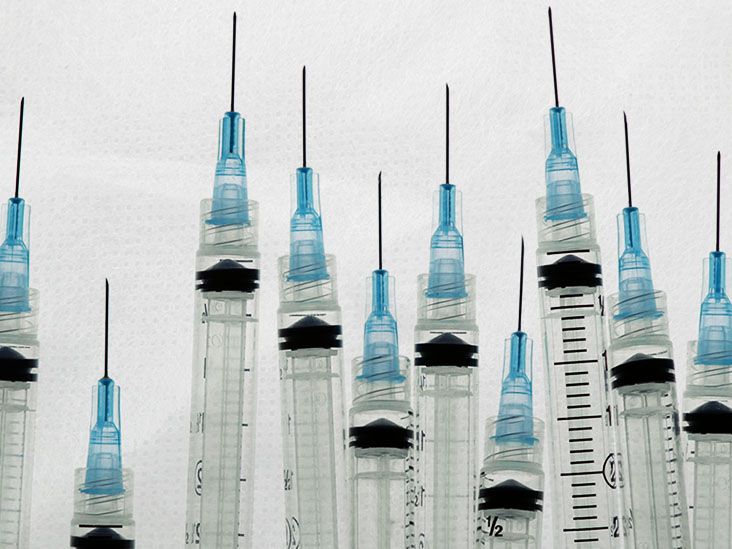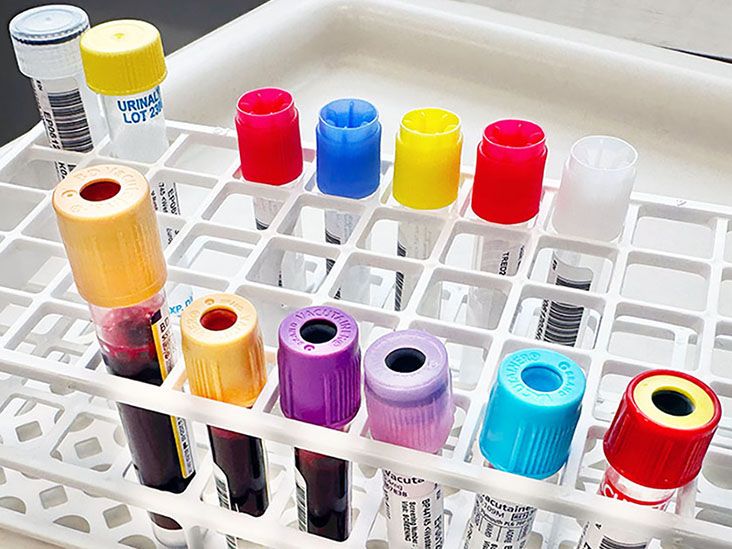Hypomania is also known as a hypomanic phase. This episode of mood and behavioral change is typical of specific mental health conditions, such as bipolar disorder.
While similar in many ways to mania, episodes of hypomania are
This article will provide some information about hypomania, its symptoms, and its diagnosis. It will also look at how hypomania differs from mania along with available treatment options.

According to the
In some ways, hypomania can be similar to stimulant intoxication. However, the condition is not due to stimulant drugs.
Hypomania has many different symptoms, all of which relate in some way to mood changes. The Diagnostic and Statistical Manual of Mental Disorders (DSM-5) lists the following as
- grandiosity or inflated self-esteem
- a decreased need for sleep
- increased talkativeness or feeling pressured to keep talking
- experiencing racing thoughts
- being easily distracted
- increased goal-directed activity, which may be social, sexual, academic, or work related
- psychomotor agitation, a feeling of anxious restlessness that causes a person to make involuntary movements
- excessively pursuing activities likely to have painful or unwanted consequences
A mental health professional must make several considerations when diagnosing hypomania.
For example, a person who undergoes a hypomanic phase must have experienced at least three symptoms or prolonged mood changes over a minimum 4-day period.
They also have to experience the following conditions to have a confirmed hypomanic phase:
- uncharacteristic changes in their daily functioning
- a noticeable change in mood and function
- their episode does not have psychotic features, does not cause significant impairment in functioning, and does not require hospitalization
- recreational drug use or medication does not cause the episode
When a person meets all the above conditions, mental health practitioners can diagnose hypomania.
It is worth noting that the diagnostic criteria for hypomania have changed between the DSM-5 and the older DSM-4. The DSM-5 requires that someone be overly energetic or overactive to have experienced a hypomanic episode. However, the DSM-4 placed these behavioral changes among hypomania symptoms.
According to the older definition, a person could have hypomania even without becoming energetic or overactive. This is because an individual does not need to experience all associated symptoms to have the condition. Therefore, the DSM-5’s definition of hypomania is stricter than the DSM-4 criteria.
As a 2021 study argues, this change could mean that, under the DSM-5 definition, people with bipolar disorder may receive a diagnosis later than they would have had under the DSM-4 definition. This is because hypomanic episodes are among the symptoms of bipolar disorder.
Experts do not know what causes hypomania exactly. However, it is a symptom of several different mental health conditions. For example, hypomanic phases are
A
- cyclothymic disorder
- schizophrenia
- severe anxiety
- severe obsessive-compulsive disorder
- histrionic personality disorder
- borderline personality disorder
While hypomania and mania can both affect a person’s behavior and mood, there are some differences. The below table looks at some of the key variations.
| Hypomania | Mania |
|---|---|
| Less day-to-day disruption | High level of day-to-day disruption |
| Less severe effect on social and occupational function | Severe negative effect on a social and occupational function |
| Must last at least 4 days | Must last at least 7 days |
| Sudden or irregular high-risk behavior, such as infrequent but excessive recreational drug or alcohol use | Always high-risk behavior, and in some cases, a person may require hospitalization |
Without treatment, hypomania could develop into mania. The same
- olanzapine
- risperidone
- haloperidol
The second medication aims to prevent future episodes. Examples of these medicines include lithium or valproic acid.
However, a
The article author notes that very few studies into treatments for bipolar disorder have investigated how the medication affects mania and hypomania specifically. This makes it even more difficult for health experts to know the effectiveness of these medications.
Besides medication, treatment options for mania and hypomania can include psychotherapy and electroconvulsive therapy. However, while doctors
Bipolar disorder is a serious condition that can significantly impact a person’s life, according to the
- keeping to medical and psychotherapy appointments
- taking medication as directed
- maintaining a routine for meals and sleep
- getting sufficient sleep and exercise
- learning to recognize the onset of mood swings
Hypomania is similar to mania, although it consists of less severe and shorter-lasting episodes.
Hypomanic phases can indicate a person has a serious mental health condition, such as bipolar disorder, which can lead to mania.


